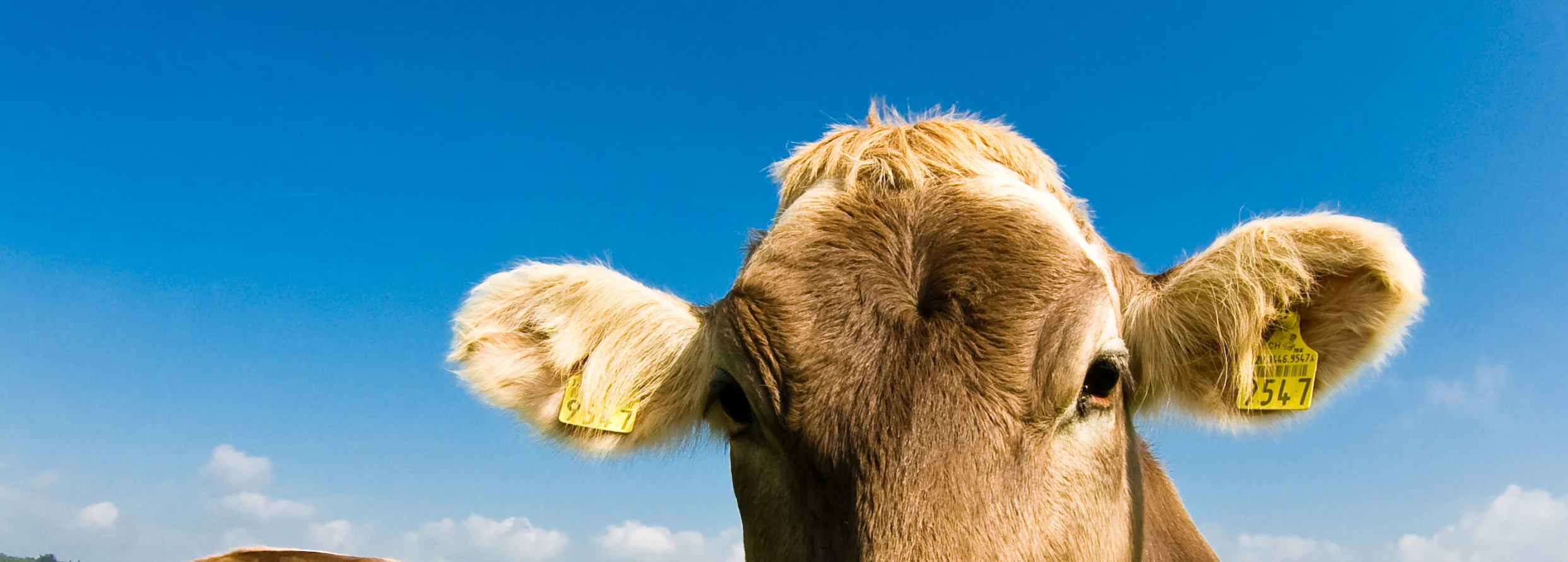Fresh, clean raw milk is nature’s perfect food—a single food that nourishes an infant mammal, meeting all of its needs: energy, immune system development, and gut maturation—including the development of a normal gut microflora. As an intelligent species, humans are fortunate to be able to enjoy this living food from other mammals for its myriad of health benefits for people of all ages.
Some of the oldest records of the human consumption of milk from other species date back 30,000 years to near the Red Sea, where people bred antelope for their milk. It is thought that 6000 years ago Neolithic farmers in Britain and Northern Europe were among the first to begin milking cattle for human consumption. Galen, Hippocrates, Pliny, Varro, Marcellus, Empiricus, Bacchis and Anthimus, leading physicians of their day, all used raw milk in the treatment of disease.
At the dawn of nutritional science, respected researchers like Justus von Liebig (1803–73) held the widely accepted opinion that food contained only proteins, carbohydrates and fats. It is not surprising that diseases of nutritional deficiency such as rickets, pellagra, beriberi and scurvy were common at this time. Nutritional science has come a long way in the past 150 years. We now know that a healthy diet contains a wide variety of nutrients, including minerals, vitamins, enzymes, pre-biotics and probiotic bacteria, which are essential for healthy digestion and body functions. Consuming living foods such as raw milk, which complement and support the microbes that live in our digestive systems, supplies our bodies with more than just proteins, carbohydrates and fats. Current research into the human microbiome is perhaps the most rapidly growing area of mainstream nutritional health and research. The normal gut flora form the largest metabolic organ in the body and are essential for good health.
Benefits found in early human and animal studies
In early studies involving humans, raw milk was shown to be superior to pasteurised milk in protecting against infection, diarrhea, rickets, tooth decay and tuberculosis; children receiving it grew better than those receiving pasteurised milk.
In early animal studies, animals fed raw milk had better growth, denser bones, greater integrity of internal organs, less anaemia, fewer signs of anxiety and stress, and fewer signs of nutrient deficiency than animals fed pasteurised milk.
The ‘milk cure’
During the 1920s, Dr J.E. Crewe of the respected Mayo Foundation in the United States used a diet of raw milk to treat allergies, skin problems, tuberculosis, oedema, heart failure, high blood pressure, prostate disease, urinary tract infections, diabetes, kidney disease, chronic fatigue and obesity, by giving his patients up to 8 litres of raw milk per day. Pasteurised milk was not effective.
With the growing use of antibiotics in the 1940s, nutritional research veered away from whole food approaches, focussing instead on the development of pharmaceutical drugs. While no-one can deny that modern drugs have saved
many lives, the abandonment of therapiesbased on whole foods with proven nutritional and health benefits is unfortunate and represents a loss to modern medicine. Today, raw milk therapy is provided in many German hospitals.
Consumption of pasteurised milk has been linked to ear infections, gastro-intestinal problems, diabetes, auto-immune disease, attention deficit disorder and constipation. Some people cannot tolerate pasteurised (and ultra-pasteurised) milk. More research is needed on these observations.
Protection from asthma, allergies and respiratory infections
European studies since 2001 point in the same direction: raw milk provides powerful protection against asthma, allergies, and eczema. A study published in 2015 found that raw milk protects against respiratory infections as well. Researchers followed almost 1000 infants from rural areas of Austria, Finland, France, Germany and Switzerland for the first year of life. They assessed consumption of different types of cow’s milk and the occurrence of rhinitis, respiratory tract infections, ear infections and fever, from weekly health diaries.
The results were compelling. Early life consumption of raw cow’s milk reduced the risk of respiratory infections and fever by about 30 per cent. The other milks were inferior— industrially processed pasteurised milk, ultra-heat treated milk, and boiled ‘raw’ milk. The
researchers concluded that “the public health impact of minimally processed, pathogen-free milk might be enormous, given the high prevalence of respiratory infections in the first year of life and the associated direct and indirect costs.” Australian governments should explore the potential for certified raw milk to reverse the escalating cost of diet-related degenerative diseases.
Raw milk has the potential to protect millions of people from asthma and prevent hundreds of asthma-related deaths, without increasing the total burden of food-borne illness. These aspirations need to be evaluated with high-quality clinical research, which the Australian Raw Milk Movement believes is more likely to proceed if the government re-evaluates its opposition to raw milk.
Cow’s milk allergy in infants and children
Cow’s milk is the most common food allergen in infants and young children. It affects up to one in twenty children under three years. Indeed, as milk is a common allergen, its presence must be declared on food labels. Access to legal, regulated raw milk may help some of these children thrive. The Australian Raw Milk Movement would like to see further research comparing the allergenic properties of raw and pasteurised milk.
Lactose intolerance
In a survey of raw milk drinkers in the state of Michigan USA, over 80 per cent of those advised by a healthcare professional that they were lactose intolerant were able to consume raw milk without problems. On the other hand, a small pilot study by Gardner and others at Stanford University reported no benefit of raw milk among the 16 adults in the trial, which ran for only eight days. Further research is needed to account for
the large numbers of people who report that they cannot tolerate pasteurised milk but thrive on raw milk.
Nutrients less available
Pasteurisation decreases the availability of iron, copper and manganese, and may diminish the availability of calcium and phosphorus. Pasteurisation causes major losses of biological activity for vitamin C and folate, substantial losses of vitamin B6, and may have similar effects on other vitamins (Table 2). Effects on iodine are not conclusive.a Pasteurisation destroys beneficial enzymes that digest the milk fat and milk caseins.
Undigested milk products lead to allergy and disruption of the microbiome in our digestive systems. Changes to the bio-availability of micro-nutrients in pasteurised milk can be subtle and difficult to measure with traditional chemical methods. For example, pasteurisation changes the bio- availability of magnesium in milk, dramatically affecting the dynamics of virus–bacteria interactions known to be important in cheese making.
Finally, a word from the young...
Premature babies and infants fed raw breast milk gained weight more quickly than those on pasteurised breast milk.
Calves raised on pasteurised milk do poorly. Many die before maturity. Dairy farmers are aware of this problem, which was investigated by Scottish researchers many years ago. This observation challenges the contention that raw and pasteurised cow’s milk are nutritionally equal.
For more information on how to identify and manage risks on the farm see the 11 categories of the Risk Identification and Risk Reduction program:
Video: From our 'Learn how to Lobby' event, 20 October 2015. Legalise and regulate Raw Milk in Australia. Only 2 countries in the world ban it, the rest legalise it in some form. Event details: www.ausrawmilk.org/lobby







































